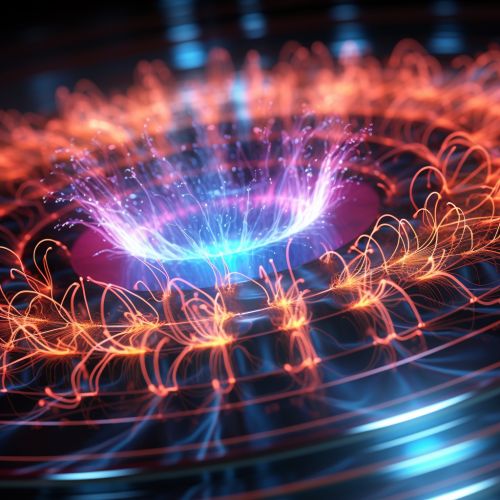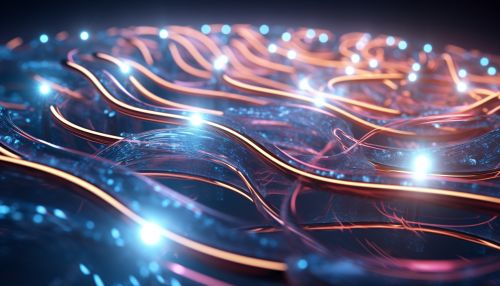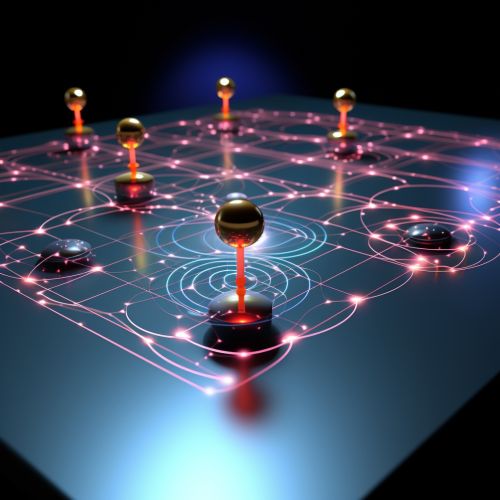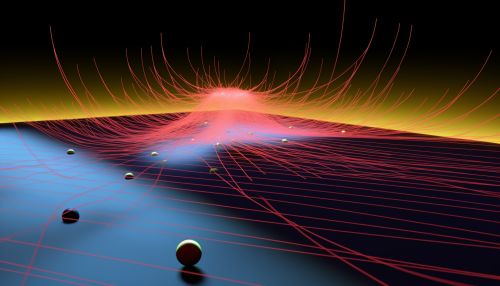The Physics of Quantum Hall Effect and its Applications
Introduction
The Quantum Hall Effect (QHE) is a quantum-mechanical version of the Hall effect, observed in two-dimensional electron systems subjected to low temperatures and strong magnetic fields. The QHE is one of the most remarkable macroscopic manifestations of quantum mechanics and has profound implications in condensed matter physics, particularly in studies of topological order and quantum computing.


Quantum Hall Effect: The Basics
The QHE was first discovered by physicist Klaus von Klitzing in 1980 during experiments with silicon-based MOSFET devices. The discovery led to the definition of the von Klitzing constant, denoted by the symbol R_K, which is used in the precise measurement of electrical resistance.
The QHE can be understood in terms of the Landau quantization of electron energy levels in a magnetic field. When a two-dimensional electron gas (2DEG) is subjected to a strong perpendicular magnetic field, the classical cyclotron orbits of the electrons are quantized into discrete Landau levels. These Landau levels are highly degenerate, each capable of accommodating a large number of electrons.


Integer Quantum Hall Effect
The first observed form of the QHE is the Integer Quantum Hall Effect (IQHE). In the IQHE, the Hall resistance shows precisely quantized plateaus at values h/ie^2, where i is an integer, h is Planck's constant, and e is the electron charge. This quantization results from the filling of Landau levels and is a direct consequence of the underlying quantum mechanics.
Fractional Quantum Hall Effect
The Fractional Quantum Hall Effect (FQHE), discovered by Daniel Tsui and Horst Störmer in 1982, is a more complex and intriguing phenomenon. In the FQHE, the Hall resistance shows quantized plateaus at fractional values h/νe^2, where ν is a fractional number. The FQHE can be explained by the formation of new quasi-particles with fractional electric charge, a phenomenon that arises from strong electron-electron interactions in the 2DEG.


Applications of the Quantum Hall Effect
The QHE has found wide-ranging applications in both fundamental and applied physics. Its most notable application is in the field of metrology, where the precision of the QHE has been used to establish a new standard for electrical resistance, the von Klitzing constant R_K.
The QHE has also inspired the development of topological quantum computing, a new paradigm for quantum computation based on the manipulation of anyons, quasi-particles with exotic statistical properties that arise in 2DEG systems under conditions of the FQHE.


